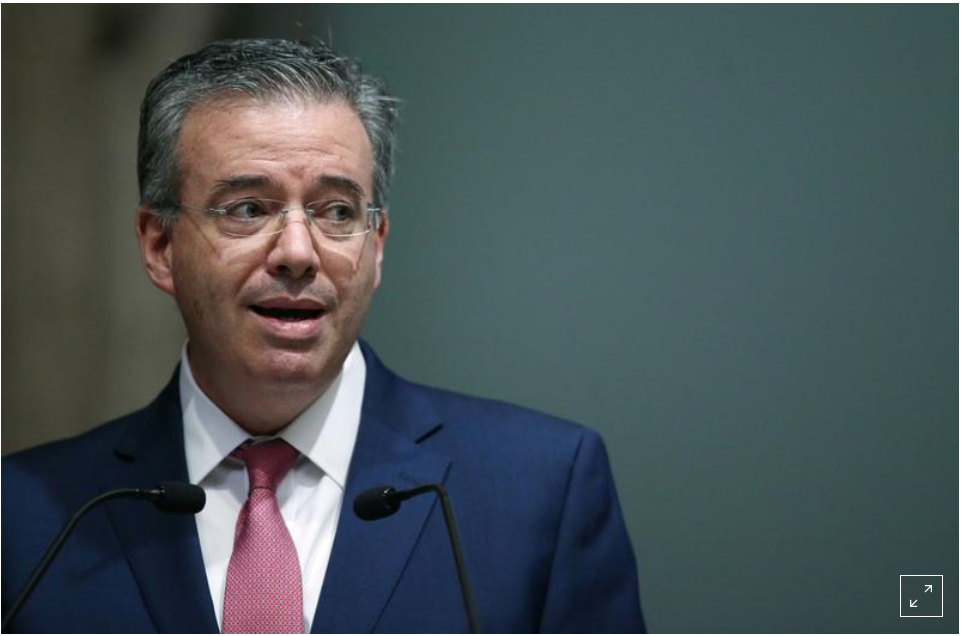
Mexico’s central bank says U.S. stimulus will lift economy, create market challenges
MEXICO CITY (Reuters) – U.S. President Joe Biden’s $1.9 trillion stimulus package will help boost Mexico’s economy and exports but will also create financial market challenges in emerging economies, said Alejandro Diaz de Leon, the governor of Mexico’s central bank.
The Bank of Mexico’s five-member board will analyze at its next monetary policy meeting the impact of a recent spike in U.S. Treasury bond yields, Diaz de Leon told Reuters in an interview.
Mexico’s economy is intimately tied to the United States, its top trade partner.
“We’ve practically seen interest rates across the board pressured higher, especially in emerging economies, and with some adjustment in the exchange rate due to this readjustment in portfolios,” said Diaz de Leon.
Ten-year Treasury yields, the reference rate for global borrowing costs, climbed to 13-month highs on Friday, partly on optimism after the recovery package was signed into law, pressuring Mexican bonds and the peso currency.
By the beginning of March, the peso had depreciated to 21.5090 per U.S. dollar, its weakest level since October 2020. Meanwhile, 10-year Mexican yields increased to 6.41%, their highest since May 2020.
Banxico, as the central bank is known, cut its benchmark interest rate at its last monetary policy meeting on Feb. 11 for the first time since September, flagging uncertainty over the outlook and global efforts to tackle the pandemic.
Since then, Mexican annual inflation accelerated to its highest in four months in February, beating expectations, due to a rise in energy costs, but staying within Banxico’s target range.
At the bank’s next monetary policy meeting on March 25, “we will be incorporating the most recent information, the behavior” of rising inflation, the central banker said.
Mexico could see different sectors recover at varying speeds, as spending on goods accelerates while demand for services has struggled, he said.
Diaz de Leon said Banxico has gradually reduced the use of a swap line it has with the U.S. Federal Reserve that provides dollar liquidity, as demand for such resources from local credit institution eases.
Reporting by Anthony Esposito and Abraham Gonzalez; Editing by Sam Holmes
Our Standards: The Thomson Reuters Trust Principles.
Article Source: https://www.reuters.com/article/ousivMolt/idUSKBN2B70H3?il=0






